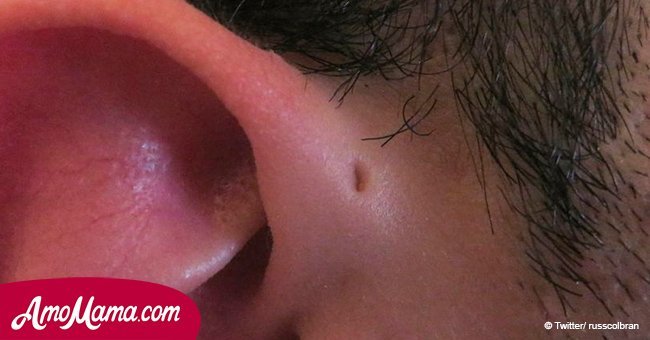
Some people are born with small holes above their ears. Do you know what that means?
A very small percentage of people are born with little, barely visible holes above their ears. Find out the reason here.
The human body is a strange thing. We're all essentially the same, but everyone is different. According to a The Sun report, one in every 100 people has a tiny hole above their ear, this is a rare condition called preauricular sinus.
The preauricular sinus is a common birth defect that may be seen during a routine exam of a newborn. It generally appears as a tiny skin-lined hole or pit, often just in front of the upper ear where the cartilage of the ear rim meets the face.
It may occur on one side (unilateral) or both sides (bilateral) of the ear. Affected people usually do not have any additional symptoms unless it becomes infected.
Common signs of infection include swelling, redness, fluid drainage, and pain. In these cases, treatment typically includes systemic antibiotics. If an abscess is present, it will likely need to be incised and drained.
The common abnormality was first reported in 1864 in a study by a scientist known as Van Heusinger. Some cultures have developed their own mythology around them; in Ethiopia, they are supposed to be a sign of great wealth.
Preauricular sinuses are also more common in people with African and Asian heritage, with up to 10 percent of the population of Asia and parts of Africa having them, and in South Korea, that figure could be as high as 5 percent.
It’s believed that the holes form as a result of a slight defect in the pharynx, and some theorize that they might actually be an ancient remnant of gills.
Of course, that’s currently a theory that hasn't been scientifically tested. But nevertheless, when you think that we still have tailbones, goosebumps, and appendixes from our evolutionary forbearers, it's certainly not impossible.
